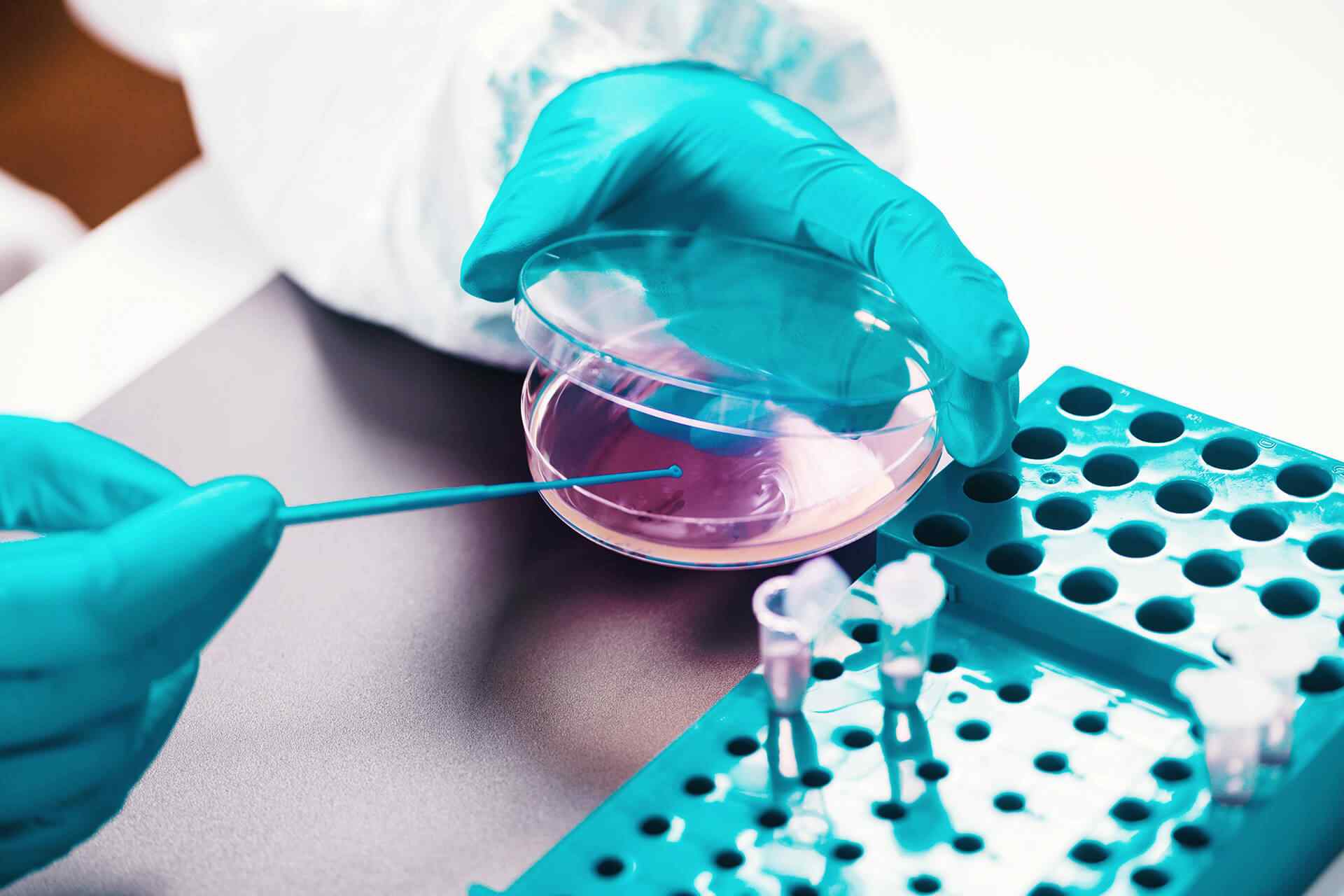HematologyHematology introduction
Hematology is a discipline concerned with the production, function, and disorders of blood cells and blood proteins.
Blood is a liquid consisting of plasma (water, electrolytes, nutrients, waste products, and many soluble proteins) in which red cells, platelets and a variety of white cells are suspended. Its volume is about 70 mL/kg or about 5L total in an average size adult. 40-50% of blood volume is occupied by red cells.
Important proteins in the blood are: Albumin, which contributes a large portion of the oncotic pressure of plasma.· Immunoglobulins (antibodies), which combat infection· A number of proteins involved in the clotting cascade.·
The cellular components of blood include: Red blood cells (RBC, about 5 x 106· / µL), which carry oxygen to tissues Platelets (about 250,000 / µL), which facilitate clotting.· White blood cells (WBC, about 5,000 / µL), which fight infection.
WBC can be further· subdivided into neutrophils, lymphocytes (T, B, and natural killer [NK] cells), monocytes, eosinophils, and basophils (listed in order of typical frequency).
One of the most common tests ordered by all medical specialties is the complete blood count, or CBC.
The clinical laboratory uses an analyzer that functions both as a spectrophotomer and a flow cytometer. This instrument can determine the concentration (count) of RBC, platelets and WBC, the hemoglobin (Hgb) concentration, and the mean size of the red cells (MCV). The flow cytometer can accurately distinguish and count the various types of WBC, which it reports as a “differential”. The hematocrit (Hct), which represents the percentage of blood volume occupied by red cells, is calculated from the RBC count and the MCV.





Accurate Product Testing by Expert Scientists













